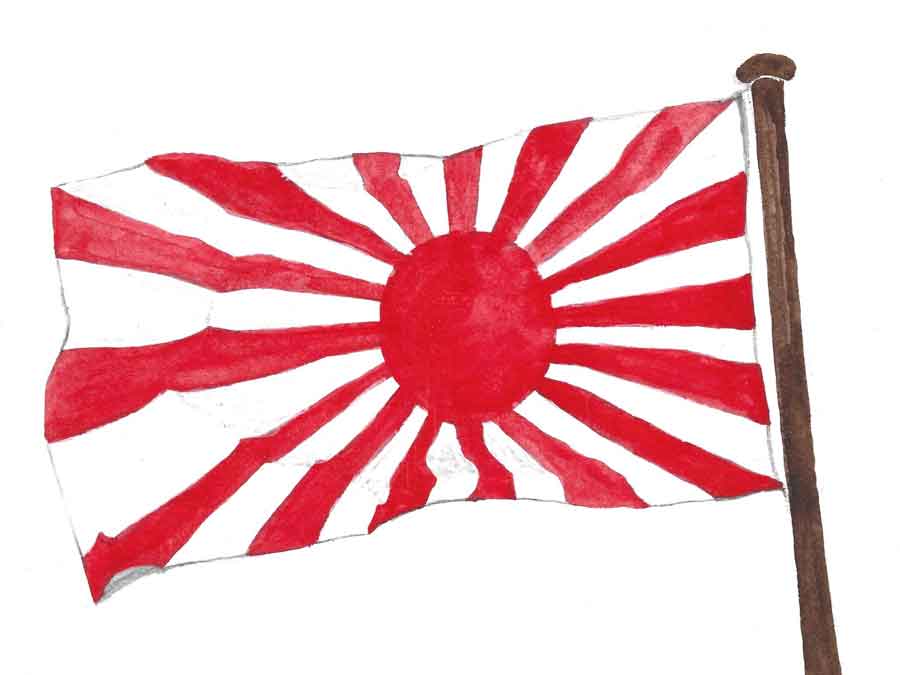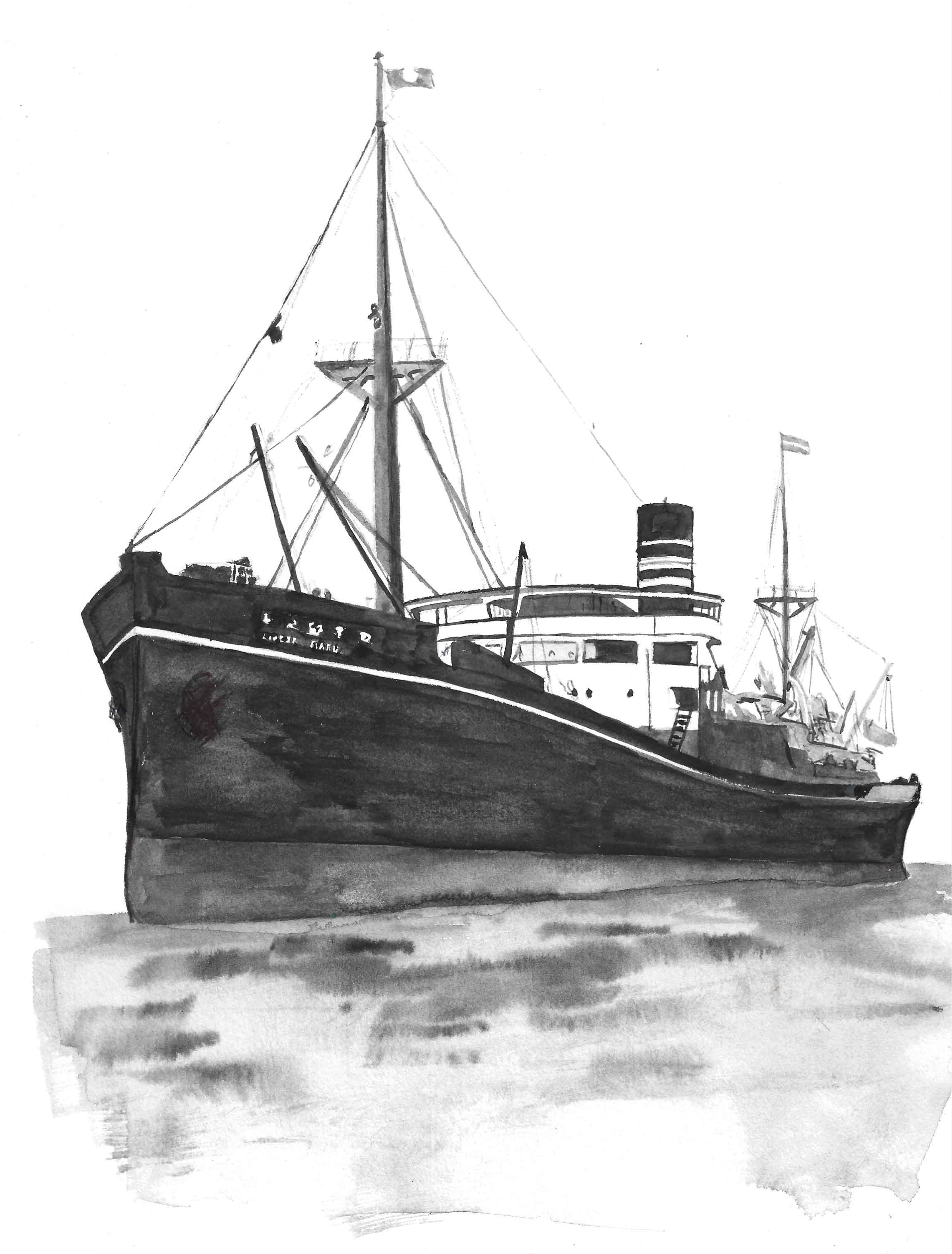Imprisonment on Hong Kong
After the battle: imprisonment, transportation and first sight of the Lisbon Maru

Rounded Up
The Japanese forces rounded up the surrendered men and marched those captured with the East Brigade in Stanley towards North Point. Any of the men, who could not keep up were brutally executed by the side of the road. While the survivors from the West Brigade, who had been captured in the central and western parts of the island were gathered at Victoria and families of the fighting men were gathered in hotels on the Sai Ying Poon waterfront.
Survival in the Camps
Conditions were not good. The only food was generally rice with very little else. Added to which the sanitation was extremely poor, there was nothing to do but play cards and the Winter cold meant many did not leave their beds, leading to a very sedentary lifestyle. Needless to say, disease soon became rife, with many soldiers succumbing to pneumonia, dysentery and dry beriberi, from which many would sadly die.
By the beginning of August 1942, a total of 186 of those imprisoned had died of wounds, disease or other causes. Then at the beginning of September, there a serious outbreak of diphtheria in Shamshuipo Camp, with up to five prisoners dying daily.
POW Camps
The survivors of the East Brigade were initially housed in the former Chinese refugee camp at North Point and the survivors from the West Brigade were transported to Shamshuipo Camp, a purpose built barracks on Kowloon. The Indian units were sent to a separate camp on Kowloon at Ma Tau Chung and civilians, families of the fighting men and the surviving Hong Kong Police, who had fought as militia, but were now treated as civilians, were interned in Stanley Camp.
Four POW camps were subsequently established
- North Point held the Canadian soldiers, Dutch submariners captured off Malaya and naval personnel transferred from Shamshuipo Camp
- Ma Tau Chung held the Indian units
- Shamshuipo held the bulk of the regular British and Hong Kong Volunteer Defence Corps (HKVDC) and later naval personnel transferred back from North Point
- Argyle Street would eventually house the officers
News of the POWs
Families, who were evacuated, commonly didn't receive news of their relatives until a month after the surrender. Even then, the information was minimal, usually just an official letter stating that their loved ones were posted as "missing".
After seven months, families of the POWs began to receive notification from the War Office that their loved ones were still alive and shortly after that, letters from the POWs themselves started to arrive.
Transportation Begins
There had been rumours for sometime that the POWs were to be transported from Hong Kong to provide slave labour for the docks, mines, factories and ports of Japan. This would also significantly reduce numbers, allowing the closure of the North Point camp.
The first to go were 616 POWs, most of whom were considered troublemakers, on a transport ship, the Shi Maru, which set sail for Japan on 3rd September.
Next the Japanese demanded a list of 2,000 fit men. The fact that the POWs would be moved to Japan meant that they would remain POWs until the war ended. A fact which was not lost on those identified to be transported to Japan.
The POWs First Sighting of the Lisbon Maru
At 4am on 27th September, the selected POWs were given breakfast and 2 sugarloaves as emergency rations. At the Jubilee Parade Ground, they formed into sections of 50 men and were told by the commander of all the Hong Kong POW camps, who would be commanding the vessel and that they would be guarded by 25 soldiers. At Bamboo Pier they were disinfected and then they boarded ferries to take them to a rusting old freighter, moored off Stonecutters Island.
This would be their first sighting of the Lisbon Maru.
